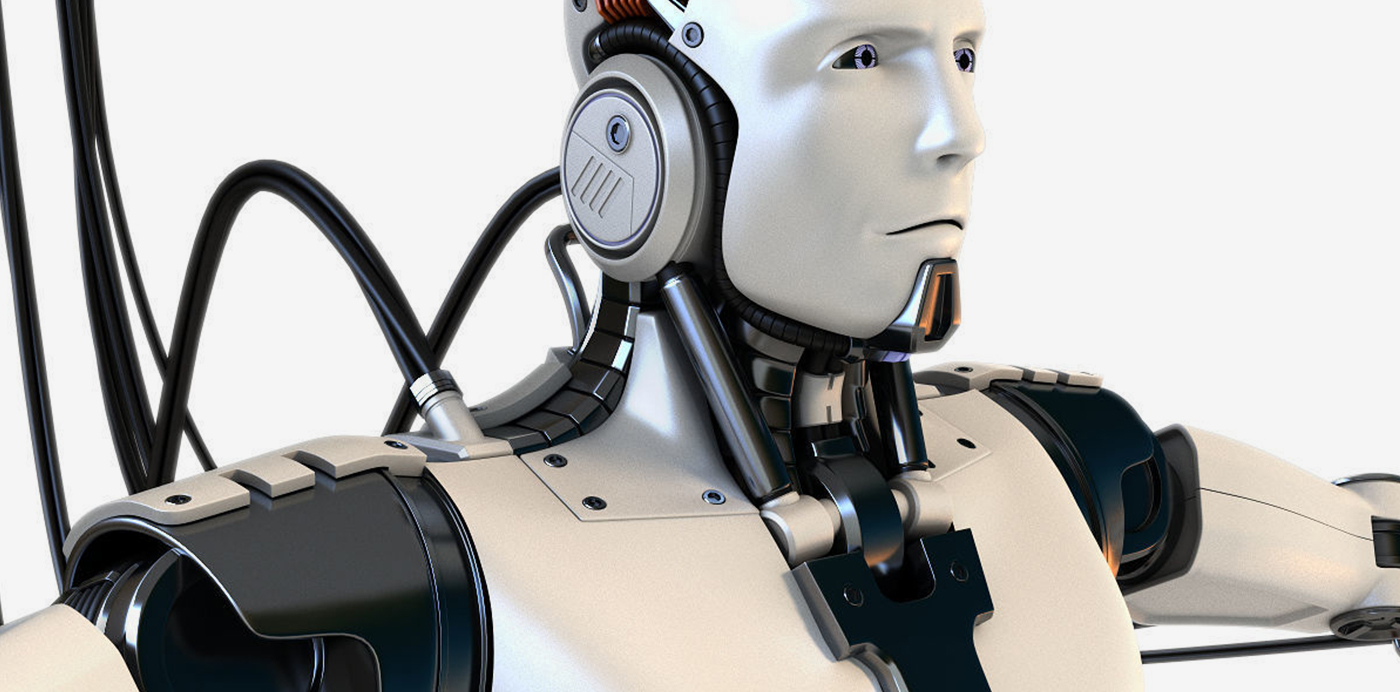AI and MO: some trends and trends

Artificial intelligence and machine learning are two technologies, the implementation of which and / or their derivatives in human society will inevitably radically change it. What trends are now particularly noticeable, what scientists around the world are doing, and what is happening right now is in this article.
1. Work with natural languages
All systems of language translation and text recognition began to work on the basis of the trained neural networks. As a matter of fact, this is already clearly seen from the same Google Translate, the quality of the translation of which is growing, one can say, daily. Apparently, until the moment when the results of computer text processing become comparable to the quality of work of living translators, there is very little time left, all the more so since this year many research teams are going to develop multilanguage complexes. Therefore, it is even not very clear whether, for example, it is worthwhile right now to start reading some Chinese.
2. The cast of people
Not bad progress is being made in teaching neural networks to imitate a particular person, his behavior and habits. So far, the main problem is that it is not completely clear what data the AI needs so that, as an option, it can reliably imitate a particular character, for example, in communicating on the Internet so that people who know him well would not be able to recognize a fake. But in some aspects of this work are already serious achievements, apparently, the AI will soon be able to reproduce the literary style of a particular author. It is at this point that all editors will have to strain very much, although on the other hand, perhaps, by that time, the style of the work, along with the work itself, will be subject to copyright.
3. Computer vision
Until recently, for learning neural networks to recognize objects, they had to be labeled manually, which was, to put it mildly, not very fast and not very effective. However, last year there was a breakthrough in this area, and now the AI is able to learn almost without prompts. At the same time, neural networks learned to generate images that were indistinguishable from photographs without special expertise, and Nvidia created a neural network that could do the same, but from a video. Due to the fact that “concepts” are playing an increasingly important role in communicating with AI, (for example, a “big turtle” is a concept, and an “image zone with coordinates such and such” is an object), along the way, soon it will be possible to create completely artificial video materials, actually “on the fingers” explaining to the AI what is needed from it.
')
The Internet will immediately be filled with video evidence of events that have never happened, and it will become even more difficult to understand what is really happening in the world.
4. Use in practice
The stage when mainly AI practiced on solving artificial problems, such as playing Go, chess gambits or analyzing unnatural algorithms and events designed only for their training, is almost complete. The stage of introducing neural networks into real aspects of human activity has begun, from simulating stock trends and managing city traffic to genome analysis and drug development. Actively working on the introduction of neural networks into the financial sector, the AI will soon become a loyal assistant to any trader, and later, when neural networks are taught the behavioral patterns of a particular person, it will be the norm, he will be able to trade for a person in the same way as he himself would trade - only better and 24 hours a day.
Very soon, these systems will gain enough information to optimize their areas of responsibility, and our life will begin to change dramatically at once in very many aspects. Not that it would make sense to stock up on cans and matches with this, but not all experts are sure that the neural networks are guaranteed safe, since very serious problems have already begun with the interpretability of AI.
5. Interpretability of AI
In recent years, enormous funds have been invested in the research and development of neural networks, so it is not surprising that there has been tremendous progress in this area. However, it was he who gave rise to the problem, which they now no longer considered as the lot of the marginal wing (if I may say so) of the scientific community and brought to the discussion: the problem of interpretability of AI.
Roughly speaking, even experts in many cases either poorly understand or do not understand at all exactly how even functionally useful neural networks process data and give results. AI often turns into a black box, and some companies (the same Google, for example, which speaks of the exceptional seriousness of this problem) are now conducting research, the only purpose of which is to understand one simple fact: how safe is it to continue to develop AI and deploy it? in real life? On this occasion, there is an excellent interview with Bin Kim, a researcher at Google Brain, she is just dealing with this issue and, judging by what she says, there is little certainty that AI is safe, she and her colleagues do not.
6. Ethics AI
Well and, strictly speaking, the abovementioned are well understood by specialists involved in artificial intelligence, so everyone suddenly and attentively preoccupied themselves with the “ethics of AI”, that is, how to make sure that this incomprehensible thing doesn’t start suddenly for some terrible things to do . True, so far, apparently, apart from recognizing the leading players in this industry, that yes, it is necessary to develop and introduce some kind of special morality and ethics for neural networks, things have not moved yet.
In general, it is time for Azimov to reread.
Source: https://habr.com/ru/post/448234/
All Articles